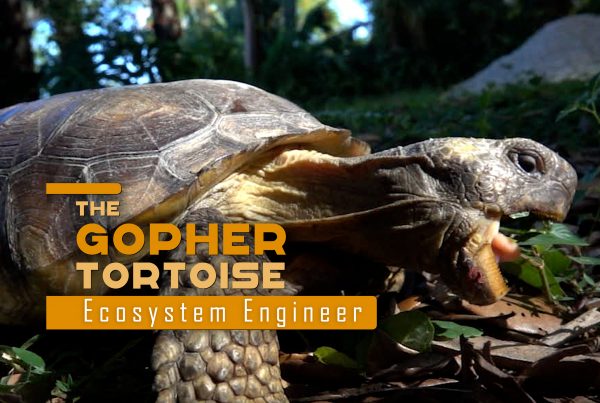Commensalism: a symbiotic relationship in which only one of the organisms benefits. Sounds a lot like freeloading to us.
In a commensalistic relationship, one organism benefits, while the other is neither harmed or benefited. Think of it this way: you’re on a road trip with a friend, and you order a double Whopper with cheese, a large coke and a large order of fries. By the time you finish your burger, you don’t have any more room for the fries and no way to save them for later. Your buddy, however, is still hungry and they’re happy to scarf down your fries. They’re thrilled about the extra food, you could really care less about the transaction
Can you think of another human scenario that more-or-less illustrates the concept of commensalism?
Commensalism
Here in nature, plants and animals interact with each other all the time, and it can be a lot more complicated than one thing eating another. These relationships between species can be examples of what we call symbiosis. Symbiosis is defined as any type of a close, long-term biological interaction between two different organisms. These interactions can be mutualistic, commensalistic, or parasitic. Today, we’re going to explore the world of commensalism.
This big web is the home of a female spider of the genus Nephila. In her web are b-b-sized spiders called dew drop spiders – gleaming, silver droplets sprinkled about. Nephila could care less. She doesn’t seem to notice them. The prey Nephila wants are the larger things that fly or jump into her web.
The dew drop, on the other hand, is there to grab the smaller prey that Nephila disregards. It also likes to drink the drops of dew that collect on Nephila’s silken lines. The two species of spiders are feeding at the same table, you might say. And that describes our third type of symbiosis – commensalism. Commensalism is symbiosis in which members of one species gain benefits while the other species is neither benefitted nor harmed.
In Costa Rica, Army ants roam freely over the floor of the jungle ravaging everything in their path. Other insects either flee or are carried off for dinner at a later time. This is an opportunity that can’t be passed up. Numerous species of birds, such as the wood creeper, have become specialists at following army ants just to catch the insects stirred up in the chaos. Once again, commensalism and symbiosis in action building complexity and diversity into our world.
The planet is full of interesting examples of symbiotic relationships. If you thought commensalism was fascinating, you’ll have to check our videos on parasitism and mutualism.




